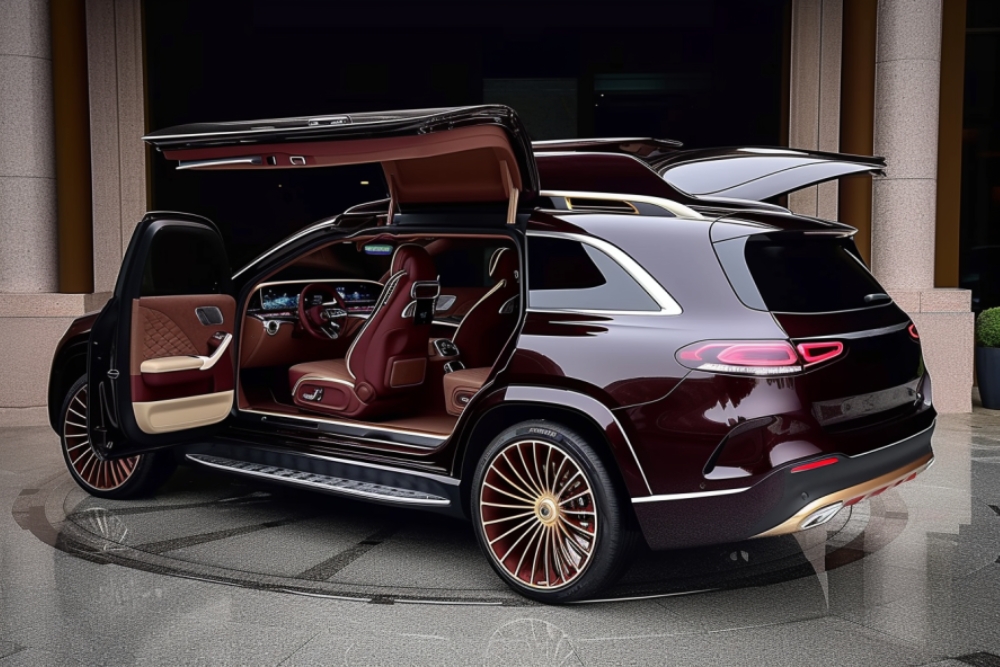Choosing the Perfect Front Door for Your Home
Your front door serves as more than just an entry point to your home—it's a statement piece that reflects your personal style while providing security, energy efficiency, and curb appeal. With numerous materials, styles, and features available, selecting the right front door requires careful consideration of various factors including your home's architecture, local climate conditions, and long-term maintenance requirements. Understanding the different options available will help you make an informed decision that enhances both the functionality and aesthetic appeal of your home's entrance.

How to Choose the Right Front Door for Your Home Style
Selecting a front door that complements your home’s architectural style creates visual harmony and enhances overall curb appeal. Traditional homes with colonial or Victorian features often pair well with classic wood doors featuring raised panels or decorative glass inserts. Contemporary and modern homes typically benefit from sleek designs with clean lines, such as flush doors with minimalist hardware or doors featuring large glass panels.
Ranch-style homes offer flexibility and can accommodate both traditional and modern door styles, while craftsman-style homes work beautifully with doors featuring natural wood grains and simple, clean designs. Consider your home’s color palette, existing trim work, and surrounding landscape when making your selection. The door should feel like a natural extension of your home’s design rather than an afterthought.
Materials for Durable Front Doors
Different door materials offer varying levels of durability, maintenance requirements, and aesthetic appeal. Wood doors provide timeless beauty and can be customized with various stains and paints, but they require regular maintenance to prevent warping, cracking, and weather damage. Solid wood doors offer superior insulation and security, while engineered wood provides better moisture resistance.
Fiberglass doors have gained popularity due to their durability and low maintenance requirements. They resist denting, warping, and rotting while providing excellent insulation properties. Many fiberglass doors can mimic the appearance of wood grain without the associated maintenance concerns. Steel doors offer maximum security and are typically the most budget-friendly option, though they may be prone to denting and can show scratches more easily than other materials.
Front Doors and Their Benefits
Modern front doors offer numerous benefits beyond basic entry and exit functionality. Energy efficiency has become a primary consideration, with many doors featuring advanced insulation cores and weatherstripping systems that help reduce heating and cooling costs. Multi-point locking systems provide enhanced security compared to traditional single-lock mechanisms.
Many contemporary front doors include smart technology integration, allowing for keyless entry, remote monitoring, and integration with home automation systems. Sound insulation is another valuable benefit, particularly for homes located near busy streets or in urban environments. Quality front doors also contribute to increased home value, with studies suggesting that door replacement projects often provide strong return on investment when it comes time to sell.
Maintenance Tips for Different Types of Front Doors
Proper maintenance extends the life of your front door and preserves its appearance over time. Wood doors require the most attention, needing regular cleaning with mild soap and water, followed by annual inspection for signs of wear, cracking, or weather damage. Reapplication of stain or paint every three to five years helps protect the wood from moisture and UV damage.
Fiberglass doors are relatively low-maintenance, requiring only periodic cleaning with soap and water and occasional touch-up of any scratched areas. Steel doors should be inspected regularly for rust spots, which should be sanded and touched up promptly to prevent spreading. All door types benefit from regular hardware lubrication and weatherstripping inspection to maintain proper sealing and smooth operation.
| Door Type | Material | Cost Range | Key Benefits |
|---|---|---|---|
| Wood Entry Door | Solid Oak/Mahogany | $800-$3,000 | Classic appearance, customizable, excellent insulation |
| Fiberglass Door | Composite Fiberglass | $400-$1,500 | Low maintenance, weather resistant, energy efficient |
| Steel Security Door | Insulated Steel | $300-$1,200 | Maximum security, affordable, durable construction |
| Composite Door | Wood-Plastic Blend | $600-$2,000 | Weather resistant, low maintenance, versatile styling |
Prices, rates, or cost estimates mentioned in this article are based on the latest available information but may change over time. Independent research is advised before making financial decisions.
The investment in a quality front door pays dividends through improved energy efficiency, enhanced security, and increased home value. Consider factors such as your local climate, home architecture, budget constraints, and long-term maintenance preferences when making your selection. Professional installation ensures proper fit, weatherproofing, and optimal performance regardless of which door type you choose. Take time to research local suppliers and contractors to find the best combination of quality products and skilled installation services in your area.




